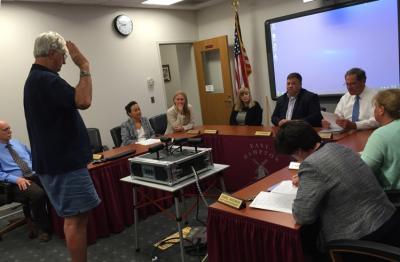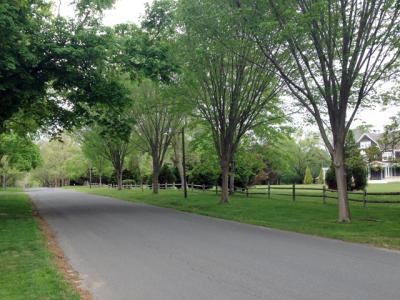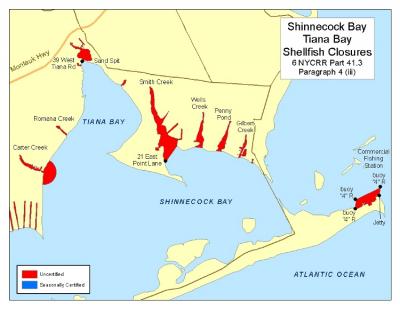Video: The Sounds and Sights of East Hampton's Memorial Day Parade
Video: The Sounds and Sights of East Hampton's Memorial Day Parade
During Monday's Memorial Day parade, the East Hampton High School marching band provided all the patriotic sounds needed to lift spirits and honor those who have perished while serving in the United States armed forces. The student-musicians joined veterans, police departments, volunteers from local fire departments and ambulance companies, and other local youth in their march down Main Street.









